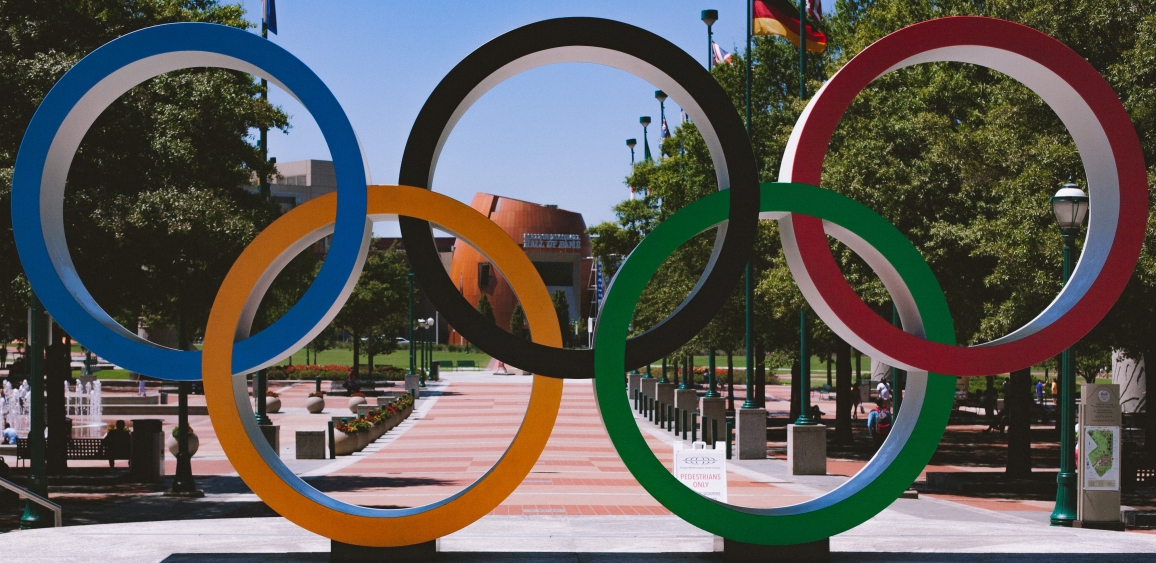Davide Ponzini, Zachary Jones, Nicole De Togni, Stefano Di Vita, DAStU, Milan Polytechnic University
In the past, many cities have used major events to support their urban plans and projects, develop tourism or improve their visibility. The focus has often been on creating new infrastructure for sport or culture. Recently, some organizers of major events, including the Olympics, have preferred to intervene in the urban fabric and use existing structures, renovating them or adapting them for new purposes. For historical and heritage cities, this change represents an opportunity for development but also a risk to their heritage. The ‘Charter for Major Events in Heritage Cities’ answers the emerging challenges for cities hosting major events, especially when they use and adapt existing infrastructure and spaces within historical contexts.
The Charter is relevant not only for major cultural events such as the European Capital of Culture or the Italian Capital of Culture but also for events such as the Olympics. Milan and Cortina are preparing for the 2026 Winter Olympics, with a wide territorial system. For the planning of these and other Olympics, the Charter is a reference to discuss the role of cultural heritage and landscape, the contribution of urban planning and long-term visions of territorial development. Experts and administrators will discuss.
PROGRAMME
Introduction speech:
“Research and recommendations for the planning of mega-events: The Charter for Mega-events in Heritage-rich Cities”
Davide Ponzini, Milan Polytechnic University
Lectures:
“Cultural Heritage and the City of Paris in the 2024 Olympics”
Maria Gravari-Barbas, Paris 1 Panthéon-Sorbonne University
“The 2026 Winter Olympics and Milan’s cultural heritage. Trajectories and risks”
Stefano Di Vita, Milan Polytechnic University
Zachary Jones, Milan Polytechnic University
Nicole De Togni, Milan Polytechnic University
Round table
Moderates:
Davide Ponzini, Milan Polytechnic University
Marcello Rossi, National Council of Architects, Planners, Landscapers and Conservators
Marco Edoardo Minoja, Milan Municipality
Andrea Arcidiacono, Milan Polytechnic University and INU (Urbanism National Institute)
Conclusions
Italiano

Contributions